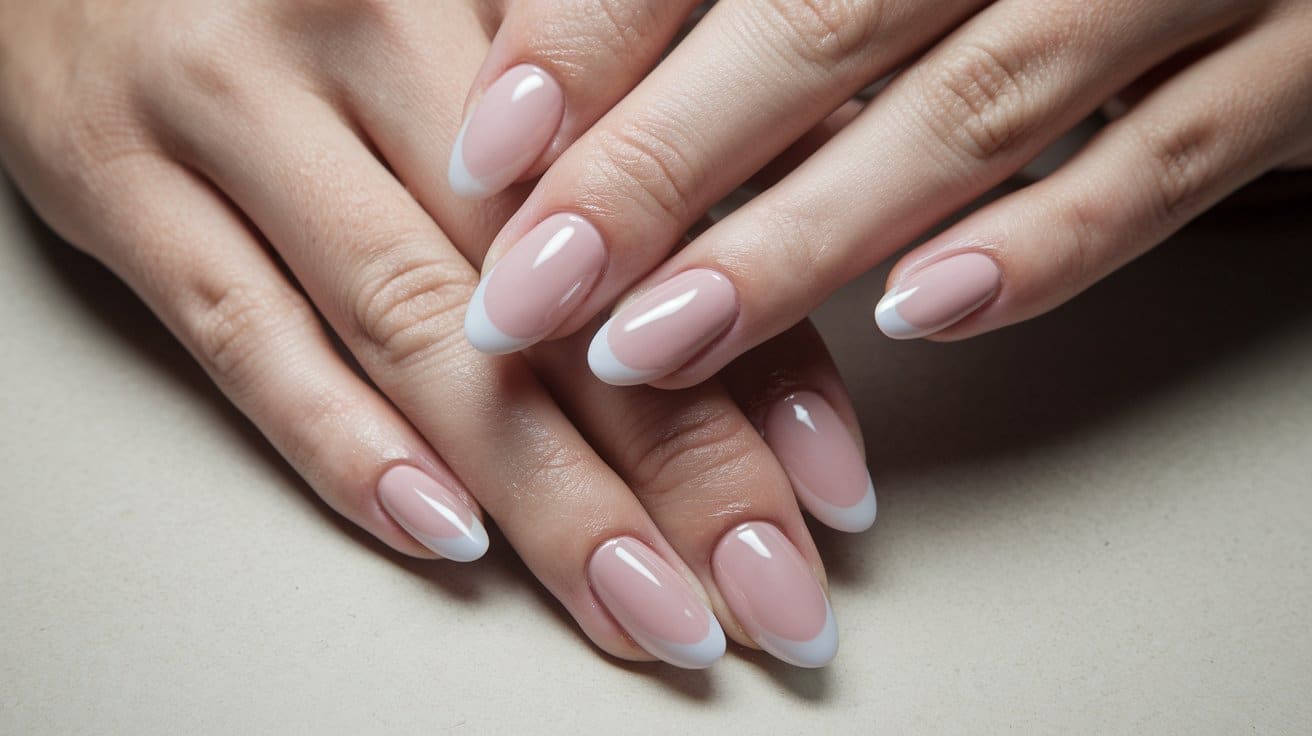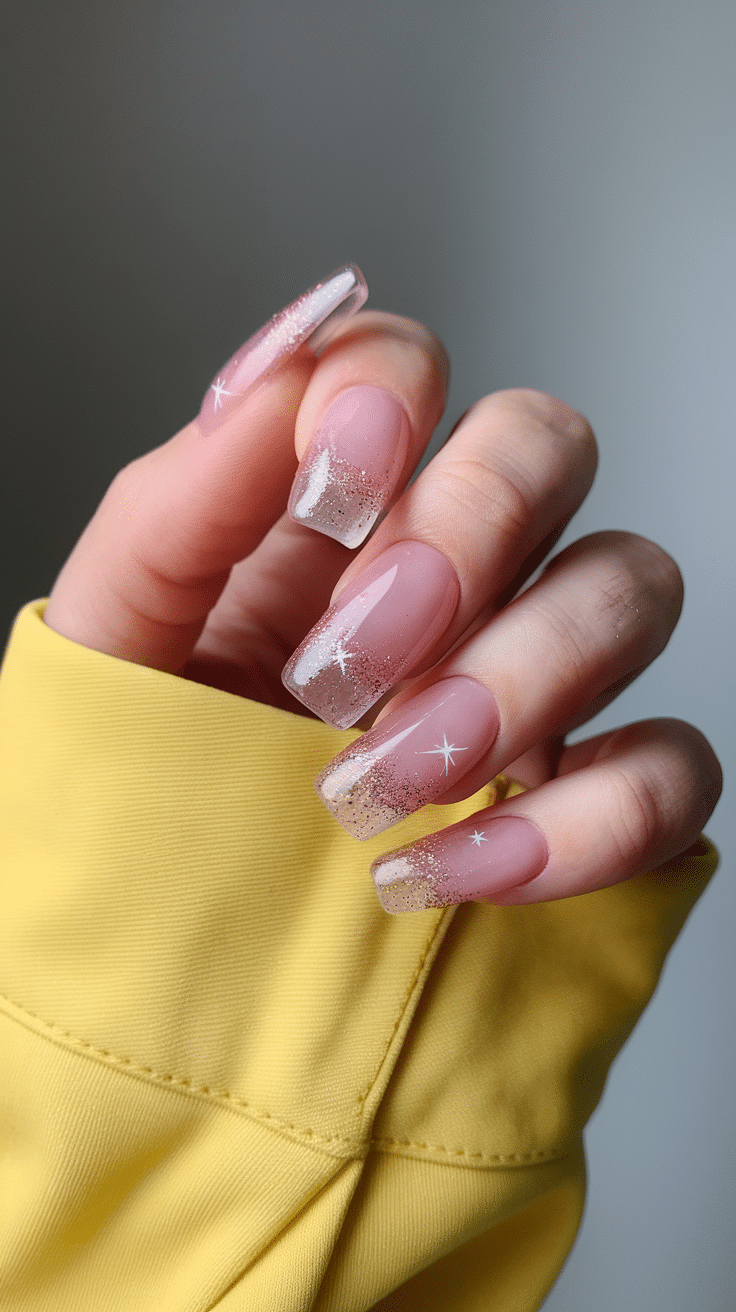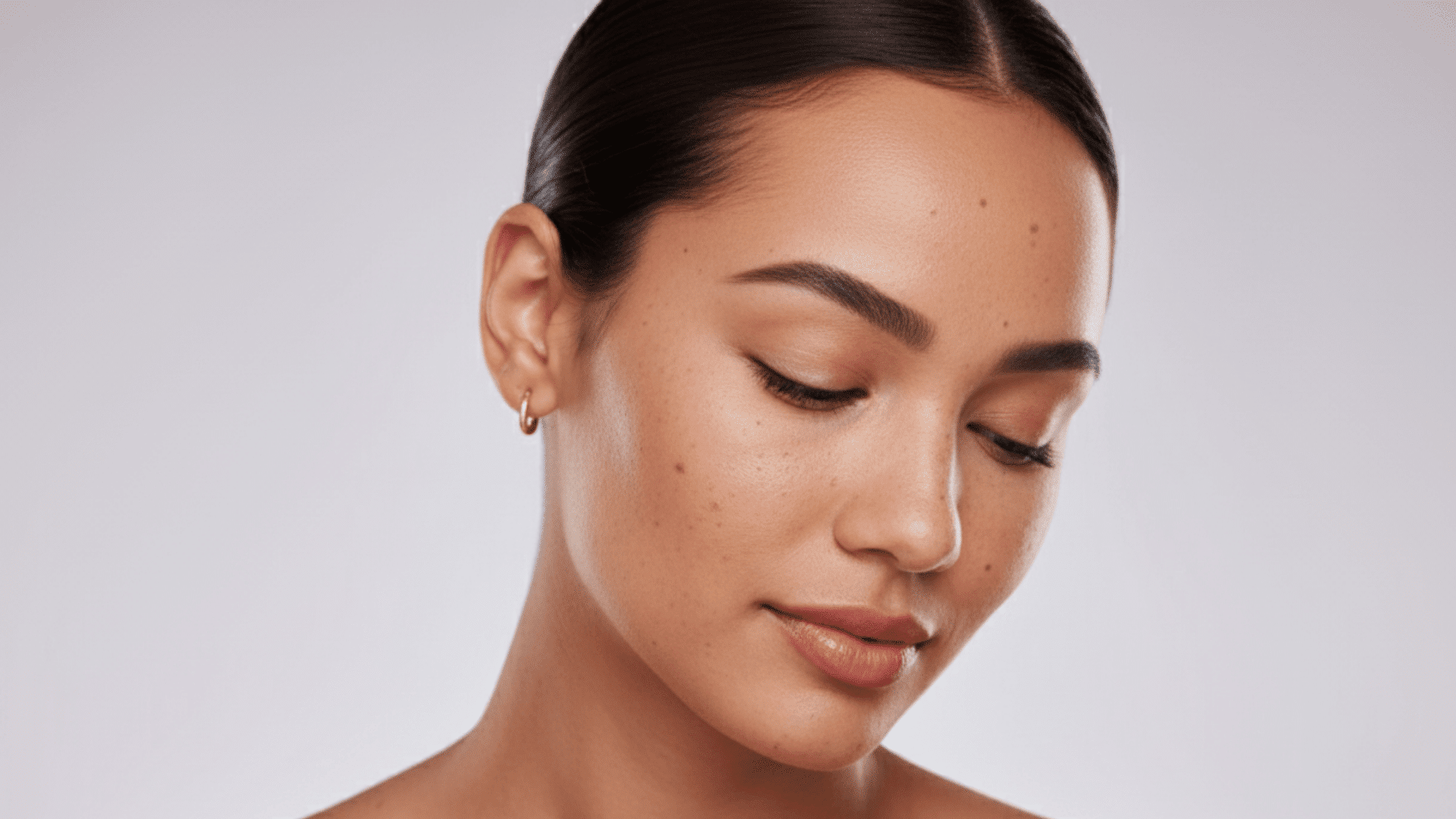If you’ve ever wanted picture-perfect nails that stay flawless for weeks, you’ve likely come across gel and acrylic nails.
They’re both popular in salons and at-home nail kits.
Yet, despite looking similar, the two are quite different in how they’re made and maintained.
After years of shaping, polishing, and perfecting nails, I’ve seen how those differences can completely change the look and feel of a manicure.
Knowing what sets them apart makes it easier to choose the right one for your hands and lifestyle.
Let’s take a closer look at what each type offers, how they’re applied, and which might fit you best.
What Are Gel Nails?
Gel nails are created using a special gel formula that hardens under a UV or LED lamp.
Once cured, they form a smooth, glossy surface that feels light and natural.
They’re flexible enough to bend slightly with your natural nails, which helps prevent cracking or breaking.
Because of their natural appearance and easy removal, gel nails have become a popular choice for low-maintenance, long-lasting manicures.
Pros and Cons of Gel Nails

Before getting gel nails, it’s helpful to understand how the treatment performs over time.
These points outline what people typically notice after wearing them for a few weeks, helping set clear expectations.
Pros of Gel Nails
- Provide a natural, glossy finish that lasts for weeks.
- Lightweight and comfortable for everyday wear.
- Cure quickly under UV or LED light.
- Easier to remove with minimal nail damage.
Cons of Gel Nails
- Slightly less durable for long or heavy nail use.
- Require UV or LED light for curing.
- It can be costlier than traditional manicures.
What Are Acrylic Nails?
Acrylic nails are made by mixing a liquid monomer with a powder polymer, forming a thick paste that hardens when exposed to air.
This process creates a strong, protective layer over your natural nails, perfect for adding length or dramatic shapes.
Because of their strength and versatility, acrylics remain a go-to choice for those seeking long-lasting, sculpted nail designs.
Pros and Cons of Acrylic Nails

Before choosing acrylic nails, it’s worth considering how they behave with regular use and maintenance.
These insights highlight what most people experience after application, giving a realistic view of the process and results.
Pros of Acrylic Nails
- Very strong and long-lasting, ideal for extended wear.
- Great for custom shapes and detailed nail art.
- It can be repaired or refilled easily when a nail breaks.
Cons of Acrylic Nails
- Noticeable chemical odor during application.
- It can weaken natural nails if removed roughly.
- Slightly heavier feel compared to gel nails.
Gel vs Acrylic Nails: Key Differences

While both gel and acrylic nails enhance the look and durability of your natural nails, they differ in how they’re applied, maintained, and how they feel once finished.
know these key differences to help you choose the right type for your needs.
1. Durability
Acrylic nails are stronger and longer-lasting, ideal for those who work with their hands or prefer extended nail lengths.
Gel nails are more flexible and resistant to cracks, but usually need a refill after two to three weeks.
2. Look and Finish
Gel nails have a smooth, high-gloss finish that resembles natural nails, making them perfect for a clean, subtle look.
Acrylic nails appear thicker and more structured, offering a solid base for dramatic shapes and creative nail art.
3. Application Process
Gel nails use a pre-mixed gel cured under a UV or LED lamp for a quick, odor-free finish.
Acrylic nails are made by combining a liquid monomer with a powder polymer that hardens in the air, producing a sturdy coating with a noticeable scent.
4. Odor and Comfort
Gel nails are completely odor-free during application and more comfortable for those sensitive to strong scents.
The process is also quieter and cleaner, which many clients find more relaxing in the salon.
Acrylic nails, however, have a distinct monomer smell that some find unpleasant.
Proper ventilation during application helps minimize it.
5. Removal Process
Gel nails can be soaked off in acetone in 10 to 15 minutes and require very little filing, making upkeep easier for frequent salon visits.
Acrylic nails, however, take longer to remove and often need professional attention to prevent nail thinning. Gentle removal is key to maintaining healthy nail beds.
Gel X vs Acrylic Nails
Gel X nails are one of the newest systems gaining attention for their lightweight, easy-to-apply nature.
They combine features of gel and acrylic but work quite differently from traditional acrylic sets.
Both options deliver durable, salon-quality results, but Gel X stands out for its comfort and gentle removal, while acrylic nails remain unmatched for strength and lasting structure.
| Feature | Gel X Nails | Acrylic Nails |
|---|---|---|
| Application | Pre-shaped soft gel tips cured under light | The liquid and powder mix is shaped manually |
| Odor | Odor-free | Strong chemical smell |
| Durability | Lasts around 3–4 weeks | Lasts 4 weeks or more |
| Removal | Soaks off easily in acetone | Needs more filing and soak time |
| Nail Health | Gentle, minimal damage | Can thin nails if over-filed |
| Ideal For | Natural, lightweight feel | Long, structured designs |
Which One is Better For You: Gel or Acrylic Nails?

It really depends on what you want from your manicure.
If you love a natural, glossy finish and want nails that feel light and flexible, gel nails are your best option.
But if you need extra strength, bold shapes, or longer wear, acrylic nails will hold up beautifully.
Many people even combine both, using acrylic for extensions and finishing with gel polish for added shine.
No matter what you choose, proper application and removal are key.
Let a professional handle it if you’re unsure, and you’ll keep your natural nails healthy underneath.
Conclusion
Both gel and acrylic nails can give you beautiful, long-lasting results.
The right choice depends on your lifestyle, maintenance routine, and preferred nail look.
If you want shine and flexibility, go for gel nails. If strength and length are your priorities, acrylic is the better fit.
Whichever you pick, take care of your nails between appointments and avoid peeling or picking at them.
That’s the real secret to keeping your nails strong and looking their best.
Which nail type do you prefer: Gel or Acrylic?
Share your choice in the comments below!
Frequently Asked Questions
Can I Paint Over Gel or Acrylic Nails?
Yes. You can apply regular or gel polish on top of both gel and acrylic nails, as long as the surface is clean, buffed, and fully cured.
Can Gel or Acrylic Nails Cause Allergies?
Some people experience mild skin sensitivity to nail products, especially adhesives or uncured gels. Using high-quality materials and ensuring complete curing reduces irritation and allergic reactions.
Can I Switch from Acrylic to Gel Nails Easily?
Yes. After safely removing acrylics, nails should rest briefly before applying gel. A strengthening base coat helps transition and restore natural nail health.







